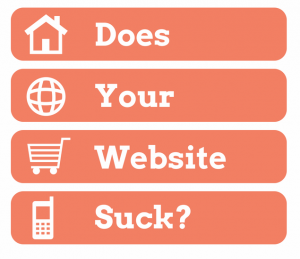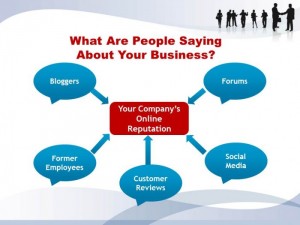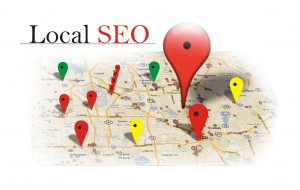Sales Funnels – How are your going to make money with your website?
 A huge mistake often made by small businesses is not having a sales funnel. In fact, the phrase “sales funnel” is not even discussed when small businesses talk about websites, marketing, offers, etc. I’m amazed to see how many businesses are leaving literally thousands of money on the table by not creating smart systems in their online marketing strategies to get more prospects and customers contact information, deliver strong irresistible offers to generate revenue.
A huge mistake often made by small businesses is not having a sales funnel. In fact, the phrase “sales funnel” is not even discussed when small businesses talk about websites, marketing, offers, etc. I’m amazed to see how many businesses are leaving literally thousands of money on the table by not creating smart systems in their online marketing strategies to get more prospects and customers contact information, deliver strong irresistible offers to generate revenue.
In fact most web designers never ask this very important and critical question: “How are you going to make money with your website?” After all, they went to design school, not business school, therefore it’s hard for them to think strategically on how you can use your website or landing page to generate more revenue.
The goal of sales funnels is to convert traffic into paying customers. My mission is to educate businesses on why and how they should build a website that is part of their overall marketing strategy and helps them increase their profits. I can’t tell you how many people have told me, “Carlos, I wasted $10k on a website that does nothing for my business”. Very often business owners end up with a “brochure website” that sits there doing nothing.
I believe that your online platform is an investment in your business that should quickly pay for itself. I see too many businesses spending time and money on things that don’t matter. Things that create more expenses but not revenue. I’m talking about things like: SEO (Search Engine Optimization), Social Media, Paid traffic, email marketing systems, etc. I’m not saying these things are not important. They are important but each and every one of them has its time and place in the marketing process.
Until you have a sales funnel (a website or landing page) that’s successfully working to convert visitors into leads and sales then you are wasting too much time and money and no amount of marketing or traffic seems to give you the results you want. People come to your site and nothing happens. More people come to your site and still nothing happens.
Keep in mind that today’s buyer has virtually unlimited access to information. They have the power to find and discover products at their own pace and make their own decisions on when to purchase. They do this mostly online. This means that your website has become your single most important marketing asset and that’s why your website needs to be part of your sales funnel process. So what is a sales funnel you might ask? A sales funnel is a plan to allow a person to become aware of your company, learn about it, and make a decision on whether not to buy.
The purpose of a sales funnel is
- Capture your prospects contact information such as names, emails and/or phone numbers
- Build relationships with your prospects by providing real vale before asking for anything in return
- Sell great products and/or services
Most people don’t want to share their email addresses. You have to have an attractive proposition or what we call an Irresistible Offer, that will help your audience solve a specific problem. Here’s where you have the golden opportunity of providing real value, establish trust and build relationships. Does this mean that you will have to wait several weeks or months before you start generating revenue? Absolutely no! If your product or service solves an immediate problem, your customers are willing to pay for it and your website does an excellent job in presenting that product or service so you convert those prospects into customers and generate more revenue then you have an effective sales funnel!
Here’s a quick example of a sales funnel:Let’s say I’m a travel agent and have my own website where I offer basic information about me and my services. I have a contact information form, my phone number and button that says “call me for more info”. This approach might get me a few leads. However, doing it this way means that I’m just waiting for people to pick up the phone and call me. Here’s how I could turn this basic informational website into a sales funnel:
- I create a fee report of a topic of interest for my audience that likes to travel.
- The title of my report is “5 Things You Can Do Right Now to Save 50% on Your Next Family Vacation”.
- I place the report on my website and give it to anyone that provides me with their name and email address.
- I promote the page where I have the free report by mentioning it in social media, driving traffic to my site via Facebook or other social media sites and emailing the page to anyone I think might be interested.
- People go to my site, give me their name and email address to access the free report.
Now, I have a list of prospects. People that might be interested in my travel agency services. My next step is to convert those prospects into buying customers. Here’s how I would do it:
Every week I send an email with more special reports, hotel specials, vacation ideas, last minute cruise deals, free travel, etc. Keep in mind the goal here is not to bombard your prospects email list with offers and “buy more from me” but combine helpful content with strong and irresistible Call-To-Actions. This is where you build relationships. Now, you are being strategic and intentional about using your sales funnel to build your customer list and generate revenue. This sales funnel becomes a critical par of your overall marketing efforts.
Do you have a sales funnel for your business, how is working out for you and what would you add to this post?
To Your Success!Carlos Morales




